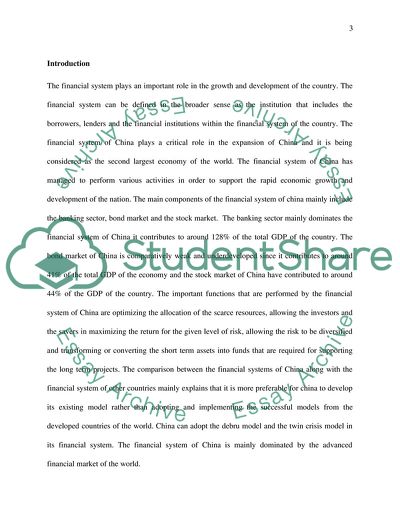Cite this document
(Finance in China Essay Example | Topics and Well Written Essays - 3000 words - 1, n.d.)
Finance in China Essay Example | Topics and Well Written Essays - 3000 words - 1. https://studentshare.org/finance-accounting/1869611-finance-in-china
Finance in China Essay Example | Topics and Well Written Essays - 3000 words - 1. https://studentshare.org/finance-accounting/1869611-finance-in-china
(Finance in China Essay Example | Topics and Well Written Essays - 3000 Words - 1)
Finance in China Essay Example | Topics and Well Written Essays - 3000 Words - 1. https://studentshare.org/finance-accounting/1869611-finance-in-china.
Finance in China Essay Example | Topics and Well Written Essays - 3000 Words - 1. https://studentshare.org/finance-accounting/1869611-finance-in-china.
“Finance in China Essay Example | Topics and Well Written Essays - 3000 Words - 1”. https://studentshare.org/finance-accounting/1869611-finance-in-china.


